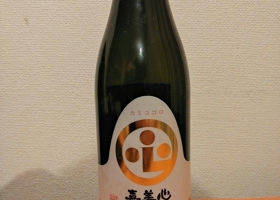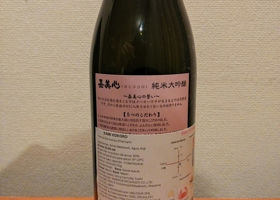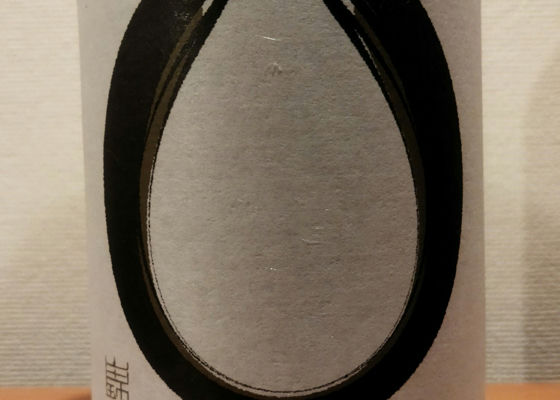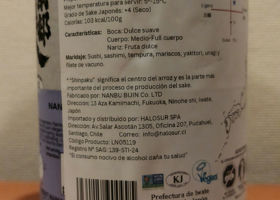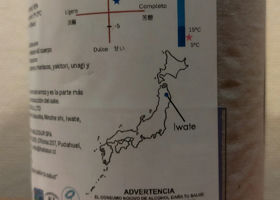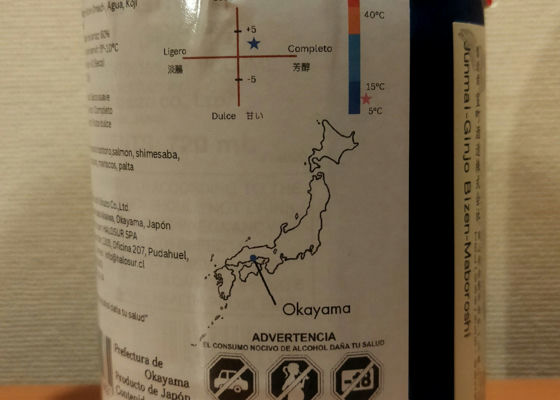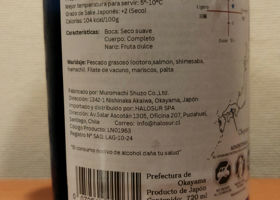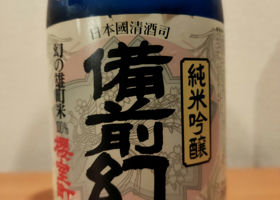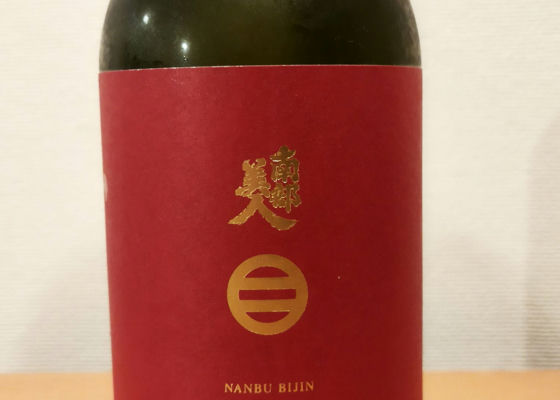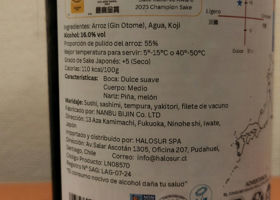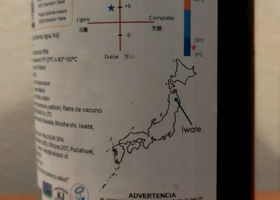Timeline
NijiNiji Alcohol 15.5
Rice polishing ratio 50%.
Sake degree +4
Rice used: Akebono
The moment it enters the mouth, gas and carbonation can be felt.
The aroma is not very strong until it hits the palate, but once it is in the mouth, it is sweet and umami at the same time. While retaining the traditional spiciness, it has an aroma and sweetness that will appeal to young people. NijiAlcohol percentage 16
Rice polishing ratio 50%.
Sake meter degree +4
Rice used: Yamadanishiki
The aroma is not so strong, and it is sweet at the moment it enters the mouth, but the spiciness soon follows. The sweetness and spiciness are both strong, but they do not linger and make you want to sip it again right away. NijiAlcohol percentage 15
Rice polishing ratio 60
Sake meter degree +2
Rice used: Omachi
The aroma of rice gives a strong impression. It has a good balance of sweetness and spiciness and does not strongly assert itself. It is light and easy to drink. NijiAlcohol percentage 15
Rice polishing ratio 55
Sake meter rating +4
Rice used: Gingotome (Iwate Prefecture's original sake brewing rice produced in Ninohe City, Iwate Prefecture)
The aroma is strong even before it enters the mouth. At first, the spiciness and sweetness are felt at the same time and stay in the mouth. It leaves a slight stimulation on the tongue. RecommendedContentsSectionView.title
